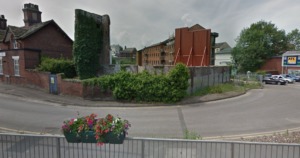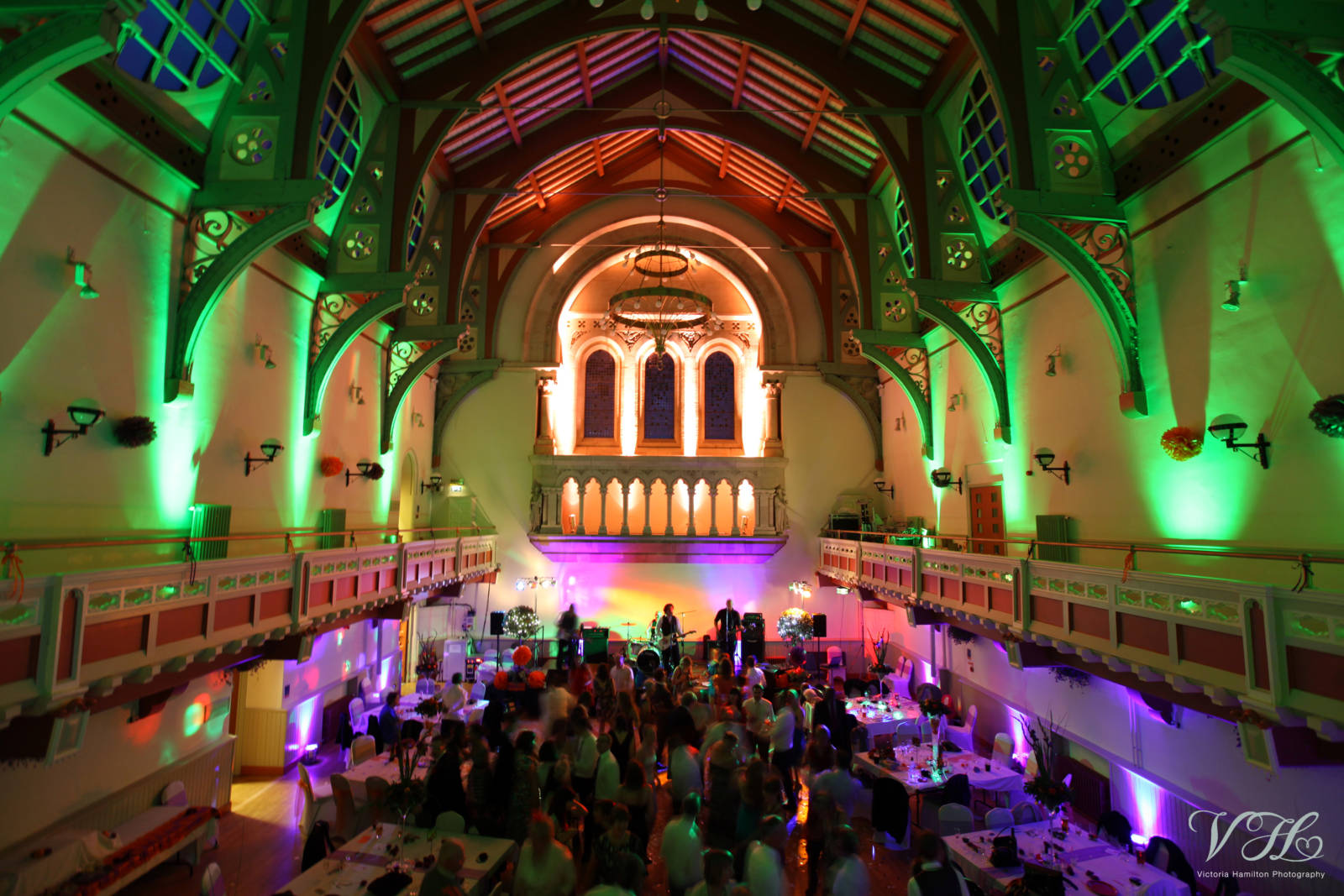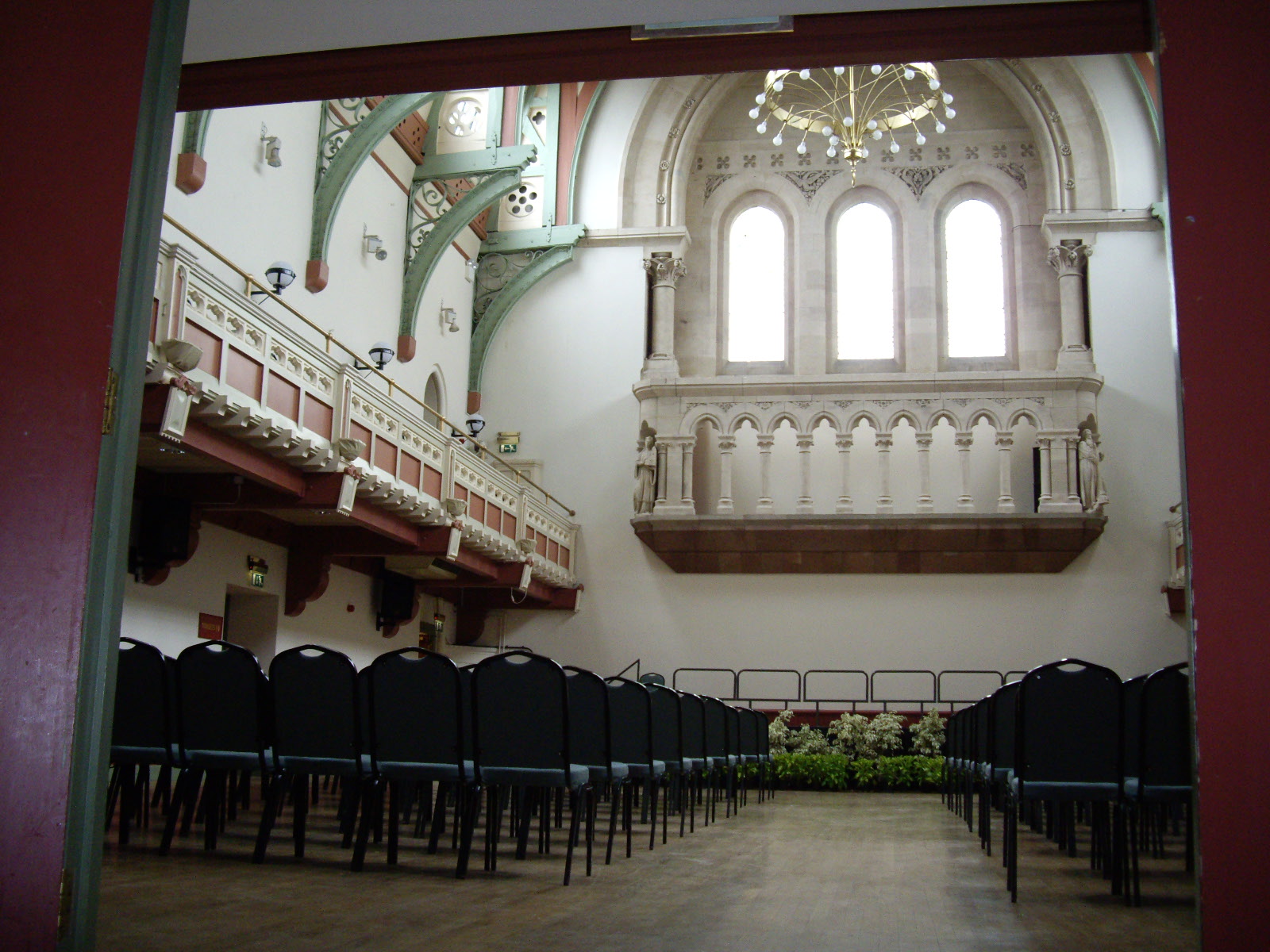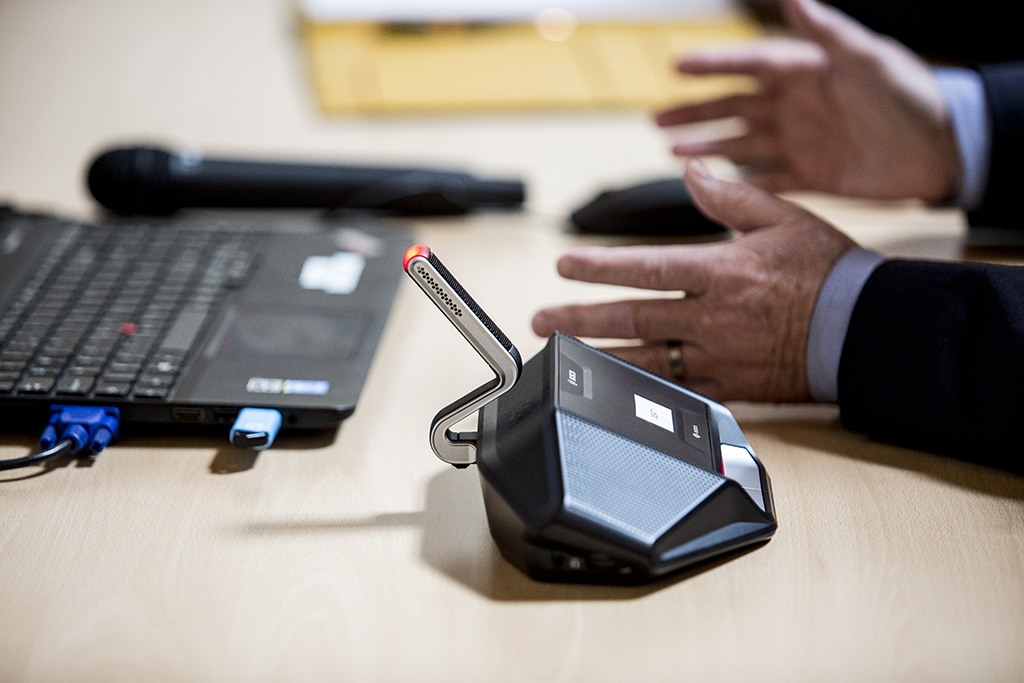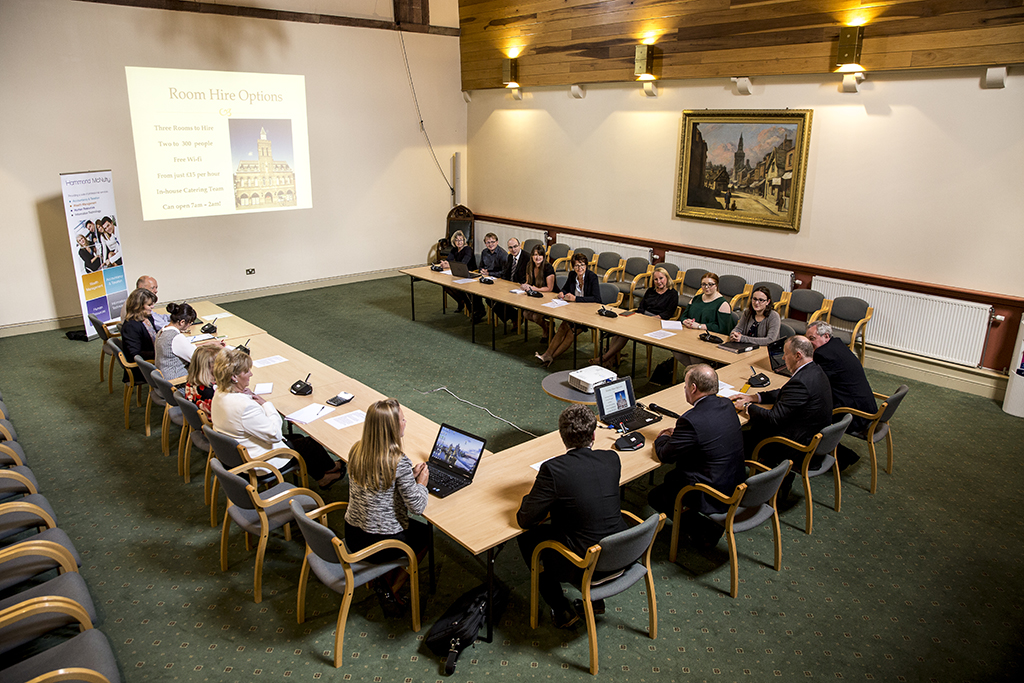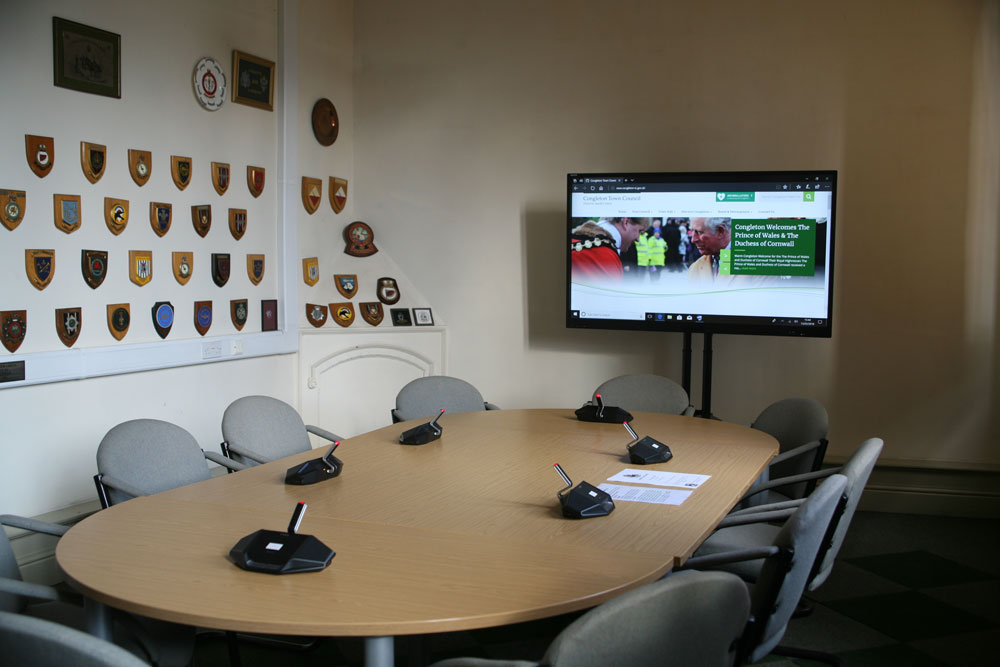More properly named as Brook Mill, this was built in 1835, relying on cast-iron columns to give the strength needed for silk looms on the upper floors. The Mill was originally powered by water from the Howty Brook and was established at the height of the textile boom for silk.
By 1868 there were fewer mills and fewer silk workers, but Brook Mill, owned by Reade and Company, was one of the three that were still working and there were 156 hands employed there. In 1947-8, the firm of W.H. Bossons moved into the mill to produce artwork pottery and plaster ware that was exported all over the world. By 1960, Bossons’ employed over 100 people but operations ceased in 1966. The Mill passed into the hands of developers and, despite its listed status was eventually demolished. What remains are part of the building which has been converted into flats and part of the long-drop lavatory chute which was described as one of the best examples in the country, and a great “modern” facility for the workers on each floor.
Close to the Mill you can see some of the three-storey weavers’ cottages that belong to the same period. The third storey, where the light was best, housed the looms where the cloth was woven.

